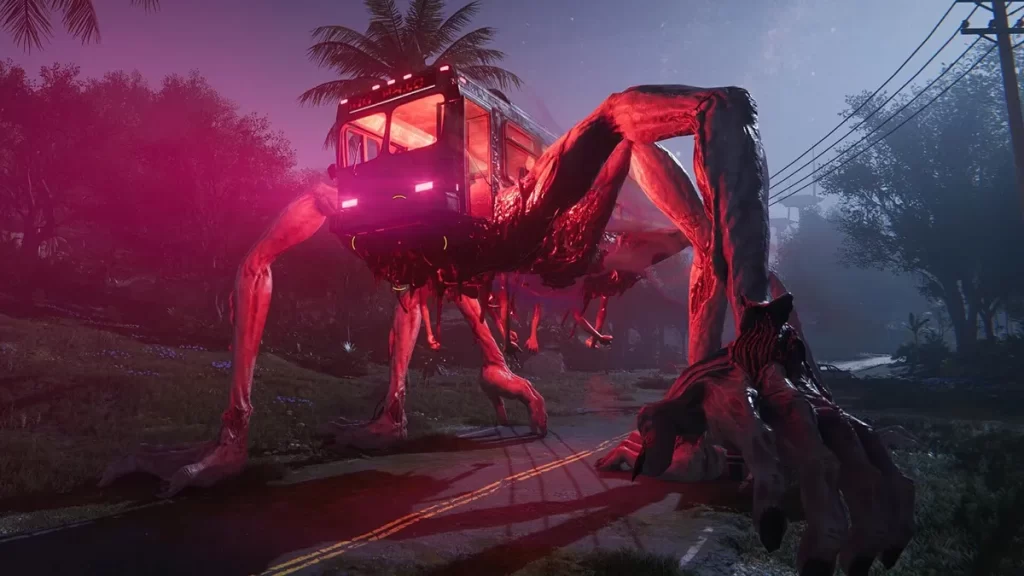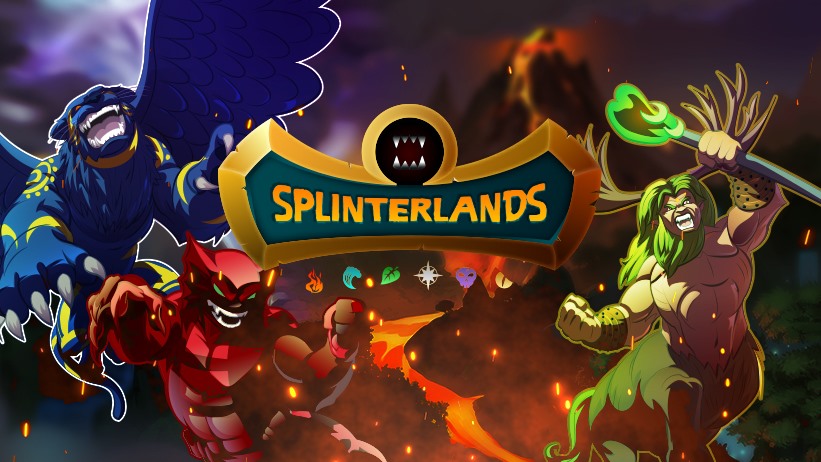Mastering Flexibility, Resourcefulness, and Resilience in a Post-Apocalyptic World
Survival isn’t just about brute force—it’s about adapting, strategizing, and making the best of any situation. In the harsh, ever-changing world of Once Human, survival is dictated by how well you can adjust to unpredictable environments, utilize scarce resources, and maintain a strong mindset when faced with overwhelming threats. Whether you’re scavenging for supplies, fending off mutated horrors, or navigating extreme weather conditions, adaptability is the key to staying alive.
In this comprehensive survival guide, we’ll explore effective adaptive survival strategies to help you thrive in Once Human—whether you’re exploring solo or strategizing with a group.
1. Embracing Flexibility: Adapting to Ever-Changing Threats
One of the core elements of survival in Once Human is flexibility—the ability to change tactics on the fly depending on your surroundings, available resources, and immediate dangers. Unlike traditional survival games, where patterns can be memorized, Once Human presents dynamic challenges that require quick thinking and decisive action.
Changing Playstyles on the Fly
- Stealth vs. Combat: Sometimes avoiding a fight is smarter than engaging. If you’re outgunned, use shadows, tall grass, and silent movement to bypass threats.
- Nomadic vs. Settled Survival: If a region becomes too dangerous or resources run dry, relocating may be the best option.
- Solo vs. Group Strategy: Playing alone means you need to be extra cautious and methodical. In groups, teamwork and communication become crucial.
Environmental Adaptation
Each biome in Once Human comes with unique survival challenges:
- Urban Ruins: Buildings offer protection and loot but may be infested with hostile entities.
- Swamps and Marshes: Difficult terrain slows movement but provides water and rare materials.
- Deserts: Resource scarcity forces you to plan hydration and food supply carefully.
- Toxic Zones: Limited time exposure means bringing protective gear and planning quick in-and-out scavenging runs.
Pro Tip: Adapt your survival kit based on where you plan to explore—pack lighter for high-mobility runs, and bring reinforcements when exploring high-danger zones.
2. Resourcefulness: Making the Most of What You Have
In Once Human, waste is death—every item has value, and survival depends on how well you repurpose and utilize available materials. Knowing how to craft, recycle, and manage inventory efficiently can turn the tides in your favor.
Scavenging Like a Pro
- Search Abandoned Structures: Buildings hold valuable loot, but be wary of lurking dangers.
- Check Hidden Caches: Survivors before you may have left supplies stashed away.
- Loot Enemies: Some hostile NPCs or creatures drop rare crafting materials.
Improvised Crafting & Upcycling
- Turn Scraps into Weapons: Broken pipes, wooden planks, and glass shards can be used for self-defense.
- Reinforce Gear with Salvaged Parts: Patch up armor using scavenged metal or torn cloth.
- Create Makeshift Tools: If you lack proper equipment, craft rope, bandages, or traps from basic materials.
Efficient Inventory Management
- Prioritize Multi-Use Items: Tools that serve multiple purposes (e.g., a machete for combat and chopping wood) save space.
- Use Storage Wisely: Set up stash points to minimize risk of losing valuable loot.
- Carry Emergency Rations: Water and food should always be part of your core inventory.
Pro Tip: If you’re over-encumbered, drop non-essentials but mark their location—you never know when you’ll need them later.
3. Tactical Survival: Outsmarting Enemies & Managing Combat
Combat in Once Human is brutal, and without proper planning, you can easily be overwhelmed. Success depends on how well you analyze threats, control engagements, and use the environment to your advantage.
Understanding Enemy Behavior
- Mutated Creatures: Some hunt by sound, others by movement—learn their patterns to evade or fight effectively.
- Hostile Survivors: Not everyone in Once Human is friendly. Assess threats before engaging.
- Environmental Hazards: Sometimes the terrain itself is your greatest enemy—watch for collapsing structures, quicksand, or radiation zones.
Combat Strategy & Engagement Rules
- Fight on Your Terms: Never engage enemies without an exit strategy.
- Use Cover & High Ground: Avoid open areas where you can be flanked or surrounded.
- Aim for Weak Points: Some enemies have exposed areas that take extra damage.
- Conserve Ammo: Firearms are powerful but should be used strategically.
Pro Tip: Engage only when necessary—stealth and misdirection can often be more effective than direct combat.
4. Psychological Resilience: The Mindset of a Survivor
Survival isn’t just physical—it’s mental and emotional endurance. A calm and focused mindset can make all the difference in high-stress situations.
Managing Stress & Fear
- Stay Calm Under Pressure: Panic leads to bad decisions and wasted resources.
- Assess Before Acting: Before rushing into a fight or looting an area, scan for dangers.
- Keep Moving Forward: Dwelling on mistakes (e.g., losing supplies or taking damage) won’t help—adapt and rebuild.
Surviving Solo vs. In a Group
- Solo Play: Requires patience, extreme caution, and mastery of self-sufficiency.
- Group Play: Requires trust, coordination, and defined roles (scavenger, defender, medic, builder, etc.).
Building a Survivor Network
No one survives alone forever. Finding allies and forming groups greatly enhances long-term survival:
- Trading Supplies: Exchange materials to ensure survival efficiency.
- Collaborative Base Building: Defend against threats more effectively.
- Group Hunts & Expeditions: Cover more ground safely.
Pro Tip: Join the Once Human community on Absurd.link to find allies and share survival strategies.
5. Planning for Long-Term Survival
Short-term survival is one thing, but building a stable life in Once Human requires long-term preparation.
Base Building Essentials
- Find a Defensible Location: High ground or reinforced structures work best.
- Secure Food & Water: Set up farming, fishing, or water collection.
- Stockpile Essentials: Keep reserves of medical supplies, fuel, and emergency gear.
Sustainable Resource Management
- Hunt & Gather Wisely: Avoid over-hunting or depleting local resources.
- Learn to Craft & Repair: Gear durability matters—fix what you can instead of constantly replacing it.
Adapting to Game Updates & New Challenges
- Stay Updated on Patch Notes: Mechanics change, and new survival elements can shift the meta.
- Experiment with New Strategies: Don’t get stuck in old habits—evolve with the game.
Final Thoughts: Thriving, Not Just Surviving
Survival in Once Human is more than just staying alive—it’s about learning, adapting, and ultimately thriving. Mastering flexibility, resourcefulness, tactical survival, psychological resilience, and long-term planning will ensure that you’re always prepared for the unknown.
If you’re serious about becoming a top-tier survivor, connect with other players, exchange strategies, and build alliances by joining the Once Human group on Absurd.link.
The apocalypse waits for no one—how will you survive?










